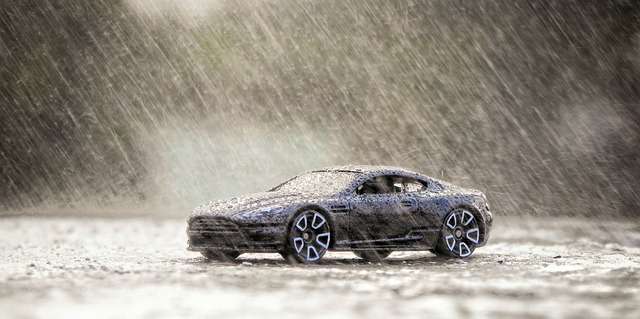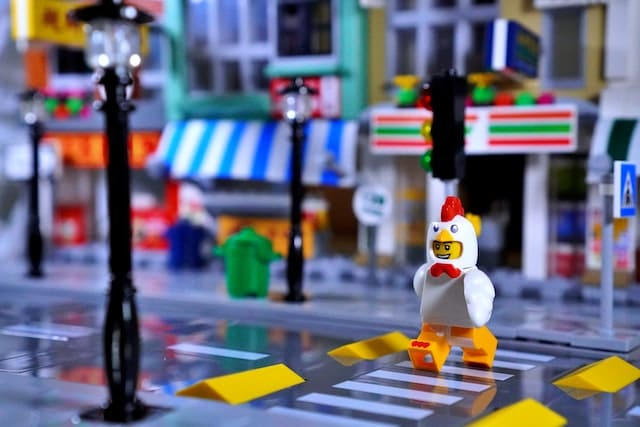This article explores the significance of lighting in the realm of toy photography. It discusses the importance of selecting appropriate light sources and delves into the techniques for utilizing both natural and artificial lighting to enhance the visual aesthetics of toy photographs. Additionally, it provides insights on how to control shadows and highlights, employ creative lighting to create depth and dimension, utilize light modifiers, and implement advanced lighting techniques. By adhering to these tips, toy photographers can elevate their craft and achieve striking results.
Understanding the Importance of Lighting in Toy Photography
The significance of lighting in toy photography is a crucial aspect to comprehend. Lighting plays a fundamental role in enhancing the overall visual appeal and storytelling capabilities of toy photographs. It can create depth, highlight details, and evoke specific moods. The proper use of lighting techniques can transform a simple toy into a captivating subject that engages the viewer.
Different lighting setups, such as natural light, artificial light, or a combination of both, offer photographers the ability to manipulate shadows, highlights, and colors to create desired effects. Understanding the importance of lighting in toy photography allows photographers to effectively communicate their artistic vision and evoke emotions through their work. Without proper lighting, toy photographs may lack visual interest and fail to capture the attention of viewers.
Choosing the Right Light Source for Toy Photography
When selecting an appropriate light source for toy photography, factors such as color temperature and intensity should be considered. Color temperature refers to the perceived warmth or coolness of light, which can significantly impact the overall mood and aesthetic of the photograph. A light source with a lower color temperature, such as an incandescent bulb, will produce a warmer light, while a higher color temperature, such as daylight or LED lighting, will result in a cooler light. Intensity, on the other hand, refers to the brightness of the light source.
It is important to choose a light source that provides sufficient illumination for the desired effect without causing overexposure or harsh shadows. Additionally, the size and type of light source can also affect the overall quality of the lighting in toy photography.
Exploring Natural Lighting Techniques for Toy Photography
Exploring natural lighting techniques involves examining the effects of color temperature and intensity on the aesthetic qualities of toy photographs. Color temperature refers to the perceived warmth or coolness of light, which can greatly impact the mood and atmosphere of an image.
Natural light sources, such as the sun or diffused daylight, offer a range of color temperatures throughout the day, from warm golden hues during sunrise and sunset to cool blue tones during midday. By understanding how color temperature interacts with the subject matter and composition of toy photographs, photographers can create visually engaging and emotionally evocative images. Additionally, the intensity of natural light plays a crucial role in highlighting the details and textures of toy figures, as well as creating depth and dimensionality within the frame.
Experimenting with different angles, times of day, and weather conditions can further enhance the creative potential of natural lighting techniques in toy photography.
Harnessing the Power of Artificial Lighting for Toy Photography
Artificial lighting techniques can be employed effectively in toy photography to manipulate shadows and create dramatic effects. By utilizing different types of artificial lighting sources, such as studio lights, flashlights, or LED panels, photographers have the ability to control the direction, intensity, and color of light in their images. This allows for precise lighting setups that can enhance the visual impact of the toys being photographed. For example, by positioning a light source at a specific angle, photographers can create interesting and dynamic shadows that add depth and dimension to the image.
Additionally, artificial lighting can be used to create dramatic effects, such as highlighting certain aspects of the toy or creating a moody atmosphere. Overall, the use of artificial lighting techniques in toy photography provides photographers with a powerful tool to enhance their creative vision and produce visually compelling images.
Tips for Controlling Shadows and Highlights in Toy Photography
Controlling the direction and intensity of light sources allows photographers to manipulate shadows and highlights in toy photography, creating visually dynamic images. By adjusting the position and angle of the light, photographers can control the direction of shadows cast by the toys, adding depth and dimension to the image. Additionally, varying the intensity of the light can create different levels of contrast between the shadows and highlights, enhancing the overall composition.
To control shadows, photographers can use techniques such as diffusing the light source or using a reflector to bounce light onto the shadowed areas. Similarly, controlling highlights can be achieved by using flags or snoots to block or direct the light. By mastering the control of shadows and highlights, photographers can create captivating and visually engaging toy photographs.
Enhancing Depth and Dimension With Creative Lighting in Toy Photography
By strategically manipulating the placement and intensity of light sources, photographers can effectively enhance the sense of depth and dimension in toy photography. This can be achieved through various lighting techniques, such as using backlighting to create a halo effect around the subject, or side lighting to create dramatic shadows and highlights that add depth.
Another technique is using multiple light sources positioned at different angles to create a three-dimensional effect and emphasize the contours of the toys. Additionally, photographers can experiment with the use of colored gels or filters to create a mood or enhance certain aspects of the image. By carefully considering the placement and intensity of light sources, photographers can elevate the visual impact of their toy photography and create images that engage viewers with a greater sense of depth and dimension.
Utilizing Light Modifiers to Elevate Your Toy Photography
Light modifiers play a crucial role in enhancing the visual impact and creative potential of toy photography. These devices are designed to modify the quality, direction, and intensity of light, allowing photographers to manipulate and control the lighting conditions in their images. By using light modifiers, photographers can create various effects such as softening or diffusing the light, creating shadows or highlights, and adding depth and texture to their toy subjects.
Common light modifiers used in toy photography include diffusers, reflectors, snoots, grids, and gels. Diffusers, for example, can help soften harsh light, while reflectors can bounce light back onto the subject to fill in shadows. Snoots and grids, on the other hand, can narrow and direct the light, creating dramatic and focused effects. Ultimately, the use of light modifiers in toy photography allows photographers to elevate their images by enhancing the overall mood, atmosphere, and visual interest.
Advanced Lighting Techniques to Take Your Toy Photography to the Next Level
Advanced lighting techniques can enhance the visual impact and creative potential of toy photography, allowing photographers to achieve new levels of artistic expression. One such technique is backlighting, where the primary light source is placed behind the subject. This creates a halo effect, emphasizing the silhouette and creating a sense of depth. Rim lighting is another technique that involves placing a light source behind the subject to create a soft, glowing outline, effectively separating it from the background. Additionally, using colored gels on the light source can add a dramatic and vibrant effect to the photograph.
By experimenting with different lighting angles, intensities, and techniques, photographers can create dynamic and visually striking images that bring their toy subjects to life. These advanced lighting techniques offer endless possibilities for creative storytelling and artistic exploration in toy photography.
Frequently Asked Questions
How Do I Choose the Right Camera Settings for Toy Photography?
When choosing camera settings for toy photography, it is important to consider factors such as lighting conditions, desired depth of field, and the specific effects you want to achieve. Experimenting with different settings can help you find the right balance for your desired outcome.
What Are Some Tips for Finding the Perfect Location for Toy Photography?
When considering the perfect location for toy photography, it is important to take into account factors such as lighting conditions, background, and scale. These elements can greatly enhance the overall aesthetic and visual impact of the photographs.
How Can I Create Interesting and Dynamic Compositions Using Lighting Techniques?
Creating interesting and dynamic compositions in toy photography can be achieved through the strategic use of lighting techniques. By experimenting with different angles, intensity, and color of light, photographers can enhance the visual impact and storytelling potential of their images.
Are There Any Specific Editing Techniques I Should Know for Enhancing Toy Photography Lighting?
Specific editing techniques can enhance toy photography lighting. These techniques include adjusting brightness, contrast, and color balance to create a more visually appealing image. Additionally, using vignettes or filters can further enhance the overall lighting effect.
What Are Some Creative Ways to Use Lighting to Tell a Story in Toy Photography?
Creative use of lighting in toy photography can help convey a narrative by setting mood, highlighting certain aspects, and creating depth. Techniques such as silhouettes, shadows, and colored lighting can be employed to enhance storytelling and evoke emotions in the viewer.
Conclusion
In conclusion, lighting plays a crucial role in toy photography, as it has the power to enhance the overall image and bring toys to life. By understanding the importance of lighting and choosing the right light source, photographers can create stunning photographs. Whether utilizing natural or artificial lighting, controlling shadows and highlights, or experimenting with creative techniques, lighting can add depth and dimension to toy photography. By utilizing light modifiers and advanced lighting techniques, photographers can elevate their toy photography to the next level, capturing captivating and imaginative images.





